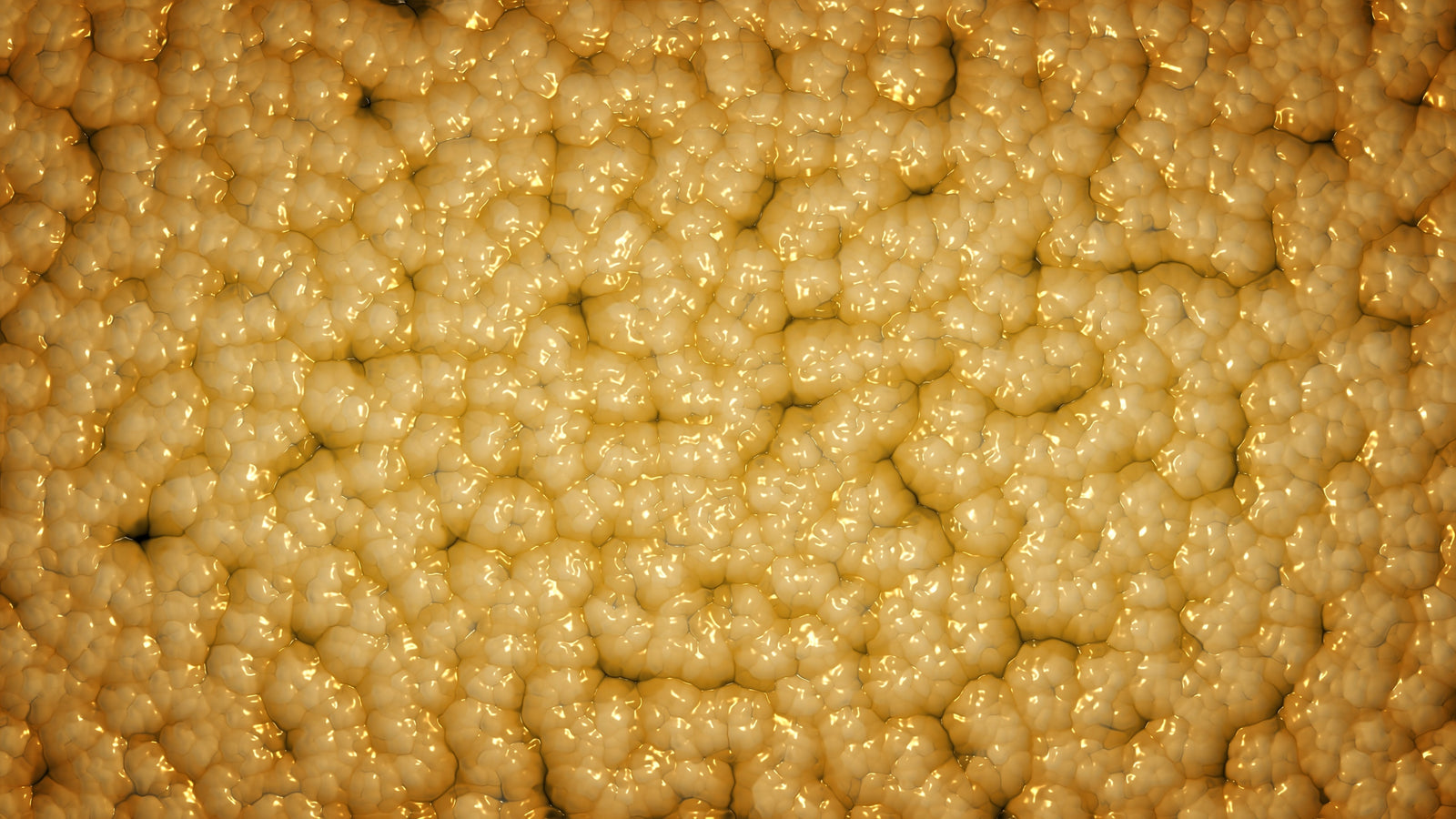The Science of Fat Cells: A Deep Dive into Weight Gain and Loss With No Label Nutrition™

At No Label Nutrition™, we believe that understanding the science behind fat cells is essential for effective weight management. Knowledge empowers you to make informed decisions about your health, and we’re here to provide you with the insights you need to succeed.
What Exactly Are Fat Cells?
Fat cells, also known as adipocytes, are specialized cells designed to store energy as fat. These cells are crucial for maintaining energy balance, supporting metabolism, and overall health. Fat cells are primarily located in adipose tissue, which comes in two main types: white adipose tissue (WAT) and brown adipose tissue (BAT). WAT is mainly responsible for storing fat, whereas BAT helps generate heat and regulate body temperature.
How Do Fat Cells Function?
The main role of fat cells is to store energy in the form of triglycerides. When you consume more calories than your body needs for immediate energy, the surplus calories are converted into triglycerides and stored within fat cells. Conversely, when your body requires more energy than what you get from your diet, it breaks down these triglycerides into free fatty acids and glycerol to use as fuel.
The Number of Fat Cells in Your Body
One interesting fact about fat cells is that the number of these cells in your body is mostly fixed after adolescence. On average, adults possess between 30 and 50 billion fat cells. While this number can increase with significant weight gain, it rarely decreases. As you gain weight, your fat cells expand to store more triglycerides. When you lose weight, these cells release the stored fat and shrink.
Fat Cell Expansion and Growth
During periods of weight gain, fat cells can increase significantly in size to store the additional fat. If the energy surplus persists and the existing fat cells reach their maximum storage capacity, the body can generate new fat cells. This process, known as adipogenesis, ensures there is enough storage space for the excess energy.
Individuals who were overweight or obese during childhood often have more fat cells as adults compared to those who maintained a healthy weight during their early years. This higher number of fat cells can make weight management more challenging, but it is not an insurmountable barrier.

Photo Credit: Shutterstock
Fun Facts About Fat Cells
- Brown vs. White Fat: Brown fat burns calories to generate heat, while white fat primarily stores energy. Babies have a higher percentage of brown fat to help maintain body temperature.
- Hormonal Impact: Hormones such as insulin, cortisol, and sex hormones significantly influence fat storage and metabolism.
- Fat Location: Fat stored around the abdomen (visceral fat) is more metabolically active and poses greater health risks than fat stored in other areas (subcutaneous fat).
Achieving Fat Loss
No matter your age, gender, background, or hormonal profile, fat loss is achievable. The key to losing fat lies in maintaining a healthy caloric deficit. This means consuming fewer calories than your body needs to maintain its current weight, forcing it to use stored fat for energy.
Practical Tips for Fat Loss
1. Balanced Nutrition: Focus on a diet rich in whole foods, lean proteins, healthy fats, and complex carbohydrates. Avoid processed foods and sugary beverages.
2. Regular Physical Activity: Incorporate both cardiovascular exercises (like walking, running, or cycling) and strength training to build muscle and boost metabolism.
3. Stay Hydrated: Drink plenty of water to support metabolic processes and overall health.
4. Quality Sleep and Stress Management: Prioritize good sleep and manage stress, as both can significantly affect your weight loss efforts.
How No Label Nutrition™ Can Help
At No Label Nutrition™, we offer comprehensive guidance and support for your weight loss journey. Our expert advice and resources can help you understand your body better and make informed choices that lead to a healthier, happier you.
Conclusion
Understanding the science of fat cells and how they work can demystify the process of weight gain and loss. While the number of fat cells in your body remains relatively constant after adolescence, their size can vary greatly depending on your diet and lifestyle. By creating a caloric deficit through healthy eating and regular exercise, anyone can achieve fat loss and improve their overall health. At No Label Nutrition™, we are dedicated to supporting you on your path to a healthier, happier life.






